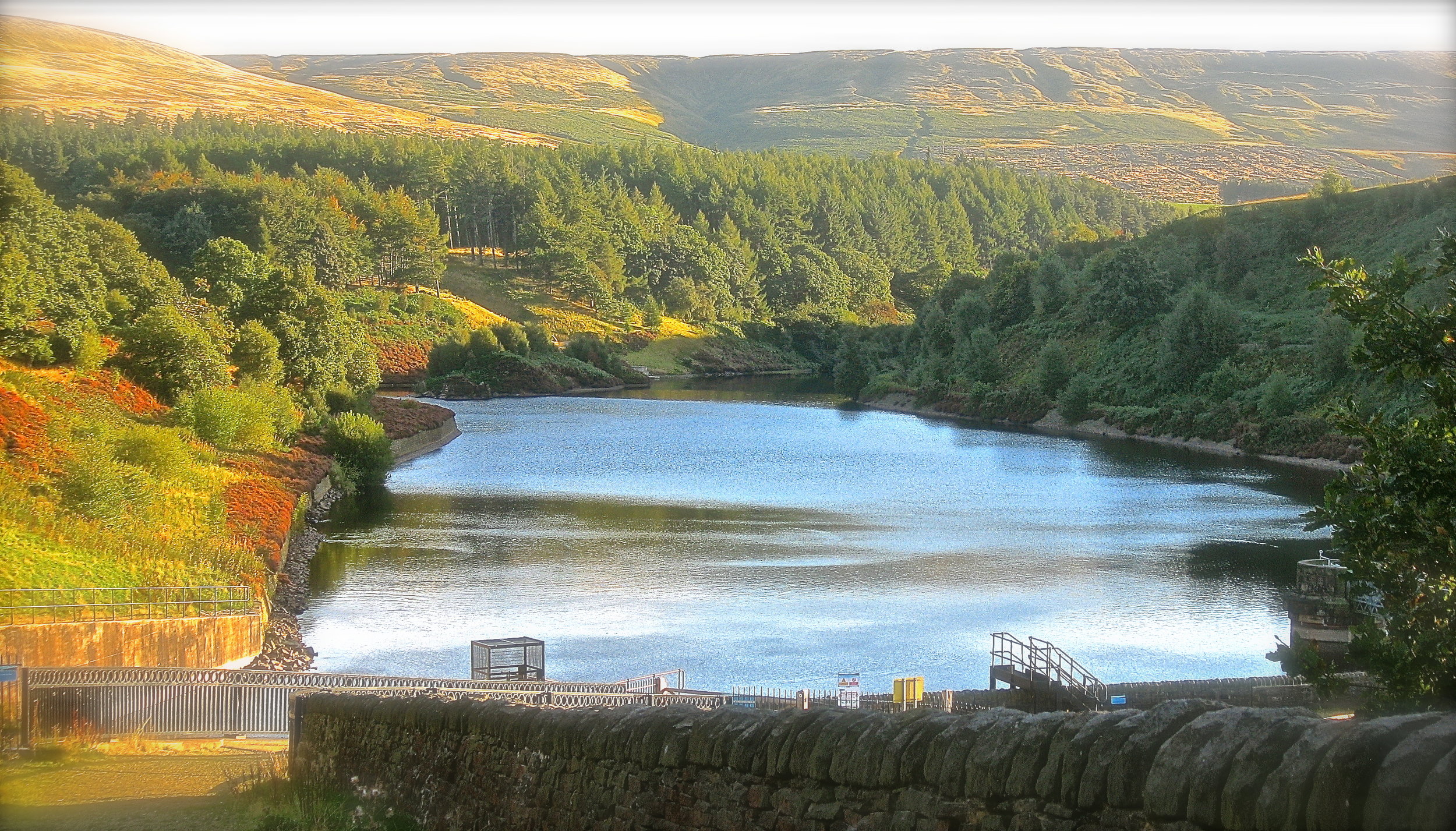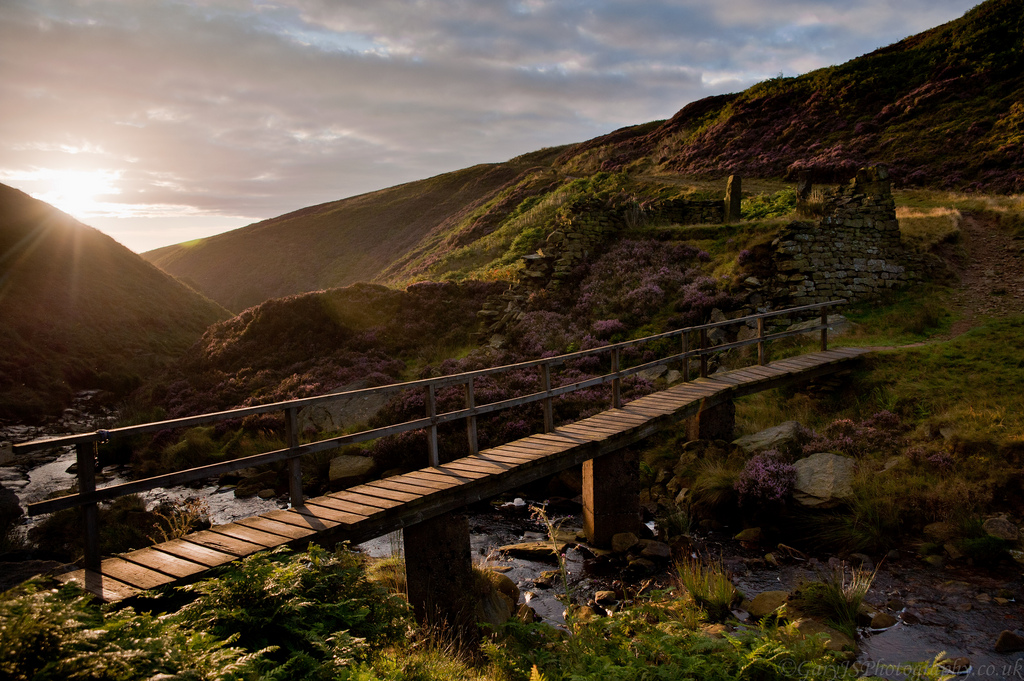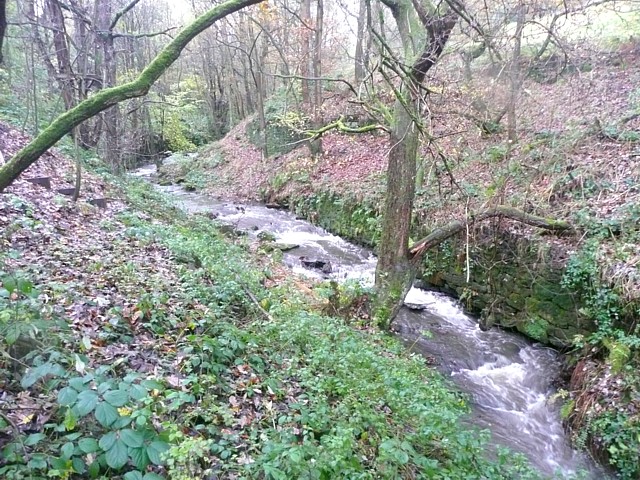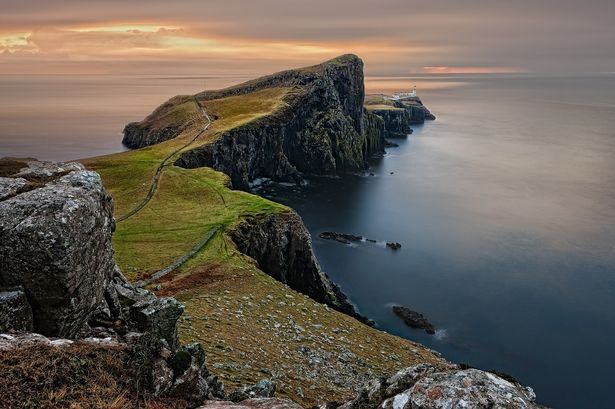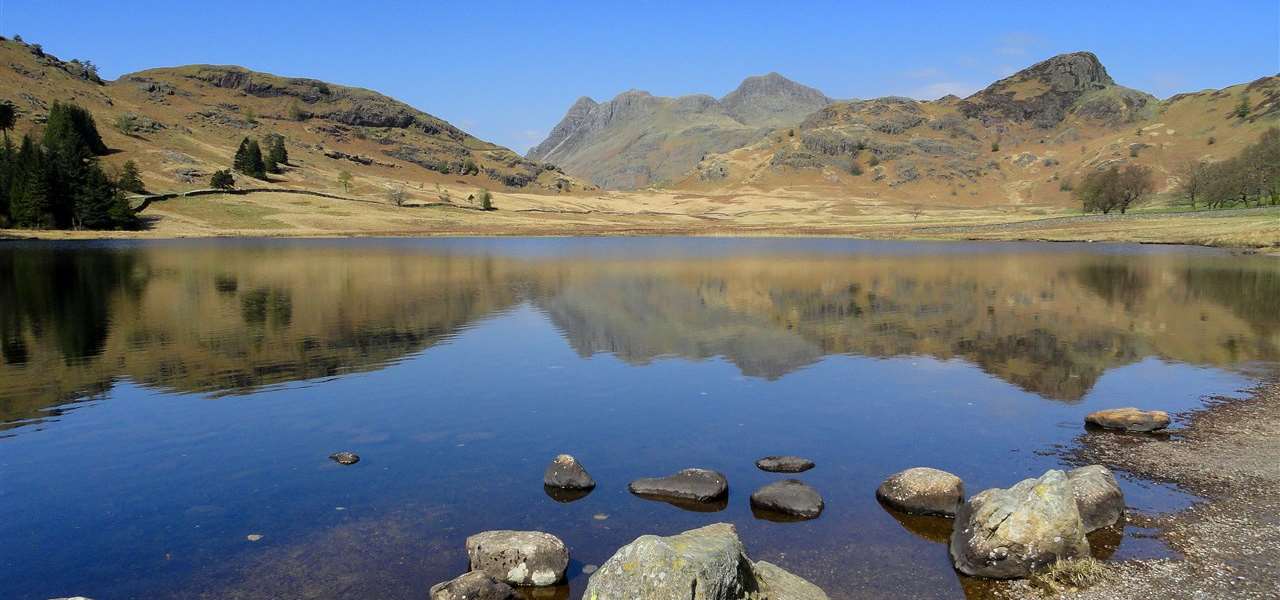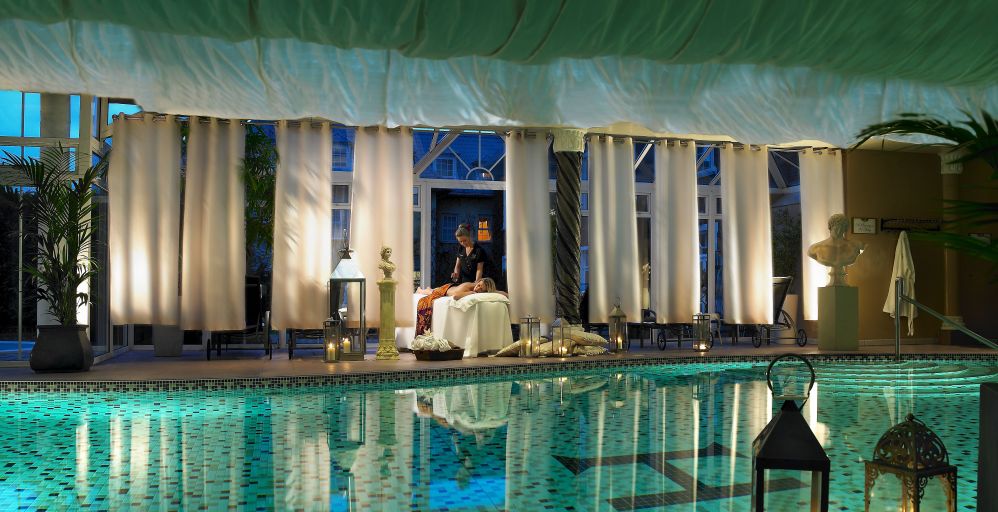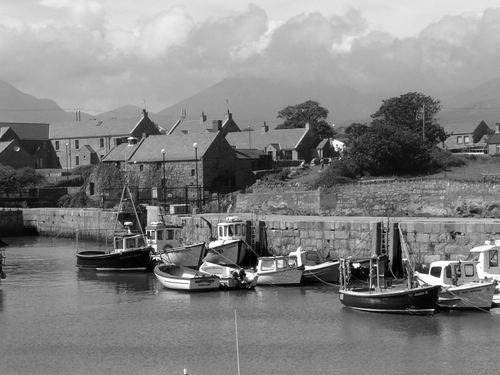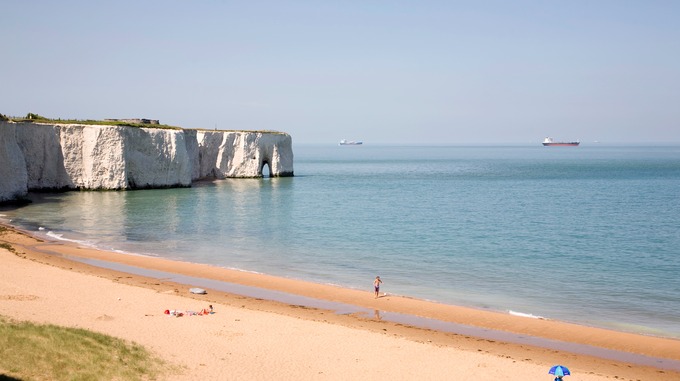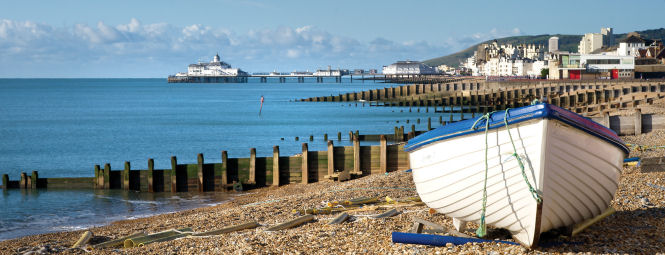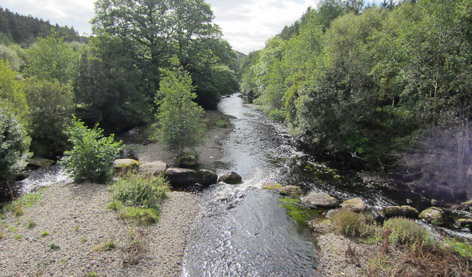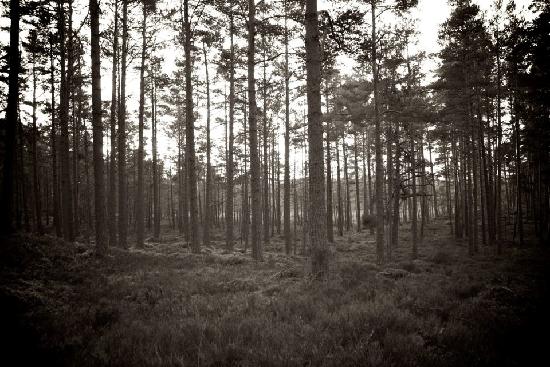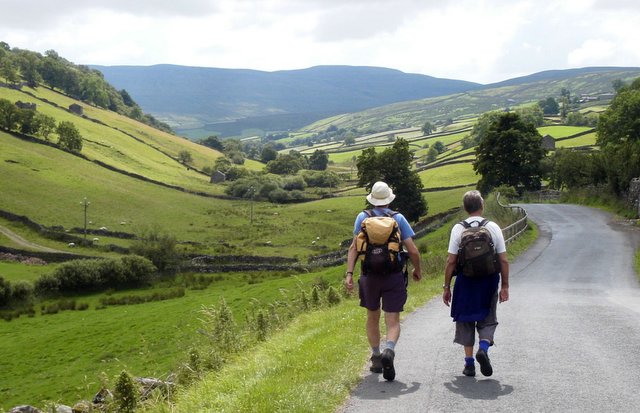If you haven’t been to, or even heard of Holmfirth before then you’re really missing out. Holmfirth is a small town that sits in the Holm Valley in West Yorkshire. With beautifully hilly streets, boutique stores, pubs and restaurants galore and a really creative, arty vibe, it’s definitely worth a visit. Most famous for being the setting for the TV series Last of the Summer Wine, Holmfirth also plays host to a music festival, folk festival, film festival and art markets. But look beyond the lovely town itself and you’ll find rolling countryside just waiting to be discovered on foot, and so we are going to list our favourite places to go walking in and around Holmfirth.
Three Reservoirs
If you don’t have a whole lot of time, or you’re walking in Holmfirth with children or those less able then this is a great track as its nice and short at 1.5 miles.
If takes you around Ramsden Reservoir with gorgeous views of the Holme Moss moorland in the background. From here you’ll also walk past Riding Wood and Brown Hill Reservoir, all abundant with local wildlife if you keep your eyes peeled. There are a couple of steep sections along the way but nothing too difficult to negotiate.
There is a car park which also has a lovely picnic area if you’re walking in Holmfirth in the warmer months.
Digley Reservoir, Blackpool Bridge and Goodbent
This walk is just over 5 miles and starts in Digley, leading onto Blackpool Bridge and Goodbent and is a circular walk so you won’t need to worry about transport for the other end.
Walking in Holmfirth on this route takes you along stone walled lanes and moorland paths.
Starting at the beautiful Digley Reservoir you’ll head towards the Blackpool Bridge located above the Reservoir with brilliant views. The peace and quiet in this area will draw you in as you walk down into the valley.
You’ll find a carpark and small picnic area in Digley and the walk itself is of moderate difficulty.
Hepworth Bluebell Walk
If you’re walking in Holmfirth then this beautiful route can be taken on at any time of the year but is particularly lovely in May when the bluebells are out in force. The Morton Woods come alive with these stunning flowers and its a real feast for the eyes.
This walks is just over 3 miles so not too taxing and there is a great pub, The Butchers Arms in Hepworth to end up in if you fancy a treat after all of your hard work!
The Morton Woods have a length of 3.32 km and are very quiet and tranquil, you may even find yourselves the only people walking in Holmfirth in this particular area if you’re lucky.
Last of the Summer Wine Walk
If you have time to do some walking in Holmfirth then it wouldn’t be quite right not to do the Last of the Summer Wine, 5 mile walk.
This circular walk takes you past some of the landmarks that you’ll recognise from the TV series (if you’re old enough to remember it!). You’ll start out in Holmfirth and head out into the valleys and countryside surrounding this gorgeous town.
The walk is of medium difficulty and follows good paths and a few stiles along the way.
The River Ribble Ramble
On this stunning, near 7 mile walk around the valley you will explore old lanes, woods, ruined villages and cobbled town paths. It’s a really varied walk that will keep you interested the whole way along.
The River Ribble, a tributary for the River Holme, bounces down from the moors until it reaches the Nook in Holmfirth.
Expect uphill climbs and wonderful views.
Walking in Holmfirth is a lovely experience, people you meet along the way are generally super friendly and will help you if you need route advice (or knowledge on where the nearest pub is!). The peace and quiet will astound you and the views out across the vast valleys and moors provide some fabulous head space and great spots to sit for a while and just be.


